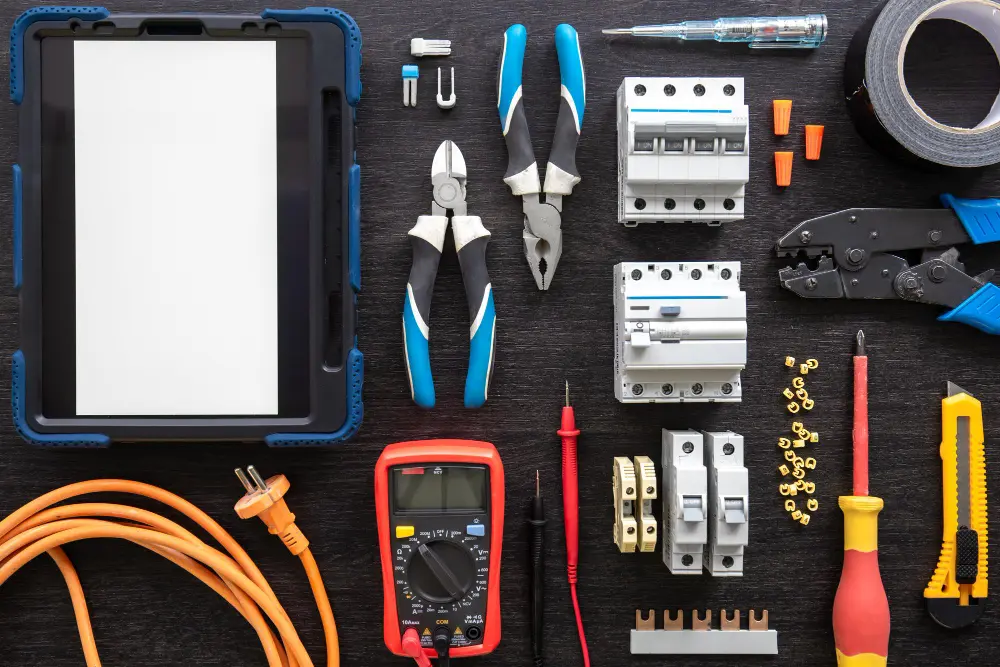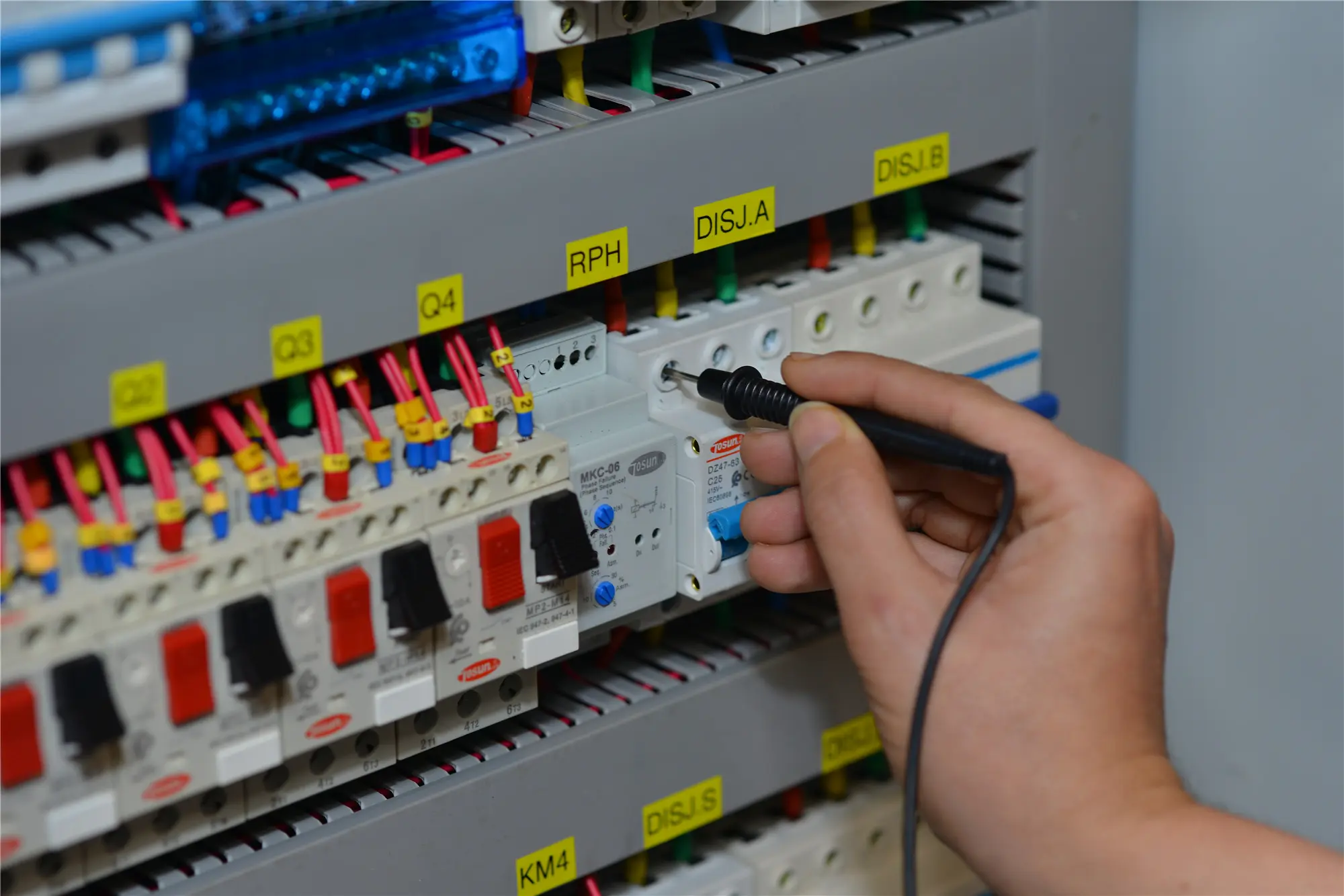How Does Time Delay Relay Work?
Table of Contents
ToggleTime delay relays, often simply called time relays, are essential components in various electrical systems. These devices introduce a controlled time delay into circuits, enabling the automation of processes and ensuring safe and efficient operation.
Let’s delve into the inner workings of time delay relays, and explore their function and how they work.
The Functions of Time Relays
What are the functions of time relays? Time relays have 4 basic functions: motor starting, lighting control, industrial automation, and safety systems.
- Motor Starting
Time delay relays can control the sequential starting of multiple motors, preventing excessive current surges and ensuring smooth operation.
- Lighting Control
They can be used to create timed lighting sequences, such as turning on lights gradually or automatically switching them off after a specific duration.
- Industrial Automation
Time delay relays play a pivotal role in automating various industrial processes, ensuring precise timing and coordination between different operations.
- Safety Systems
They can be used to delay the activation of safety devices, such as alarms or shutdowns, giving operators time to react to potential hazards.
Working Principle of Time Delay Relays
The working principle of a time delay relay depends on its specific type. However, most time delay relays operate based on one of the following mechanisms:
Pneumatic Time Delay Relay
These relays use compressed air to create a time delay. When the relay coil is energized, it opens an air valve, allowing air to escape from a bellows or diaphragm. The time it takes for the air to escape determines the delay duration.
Thermal Time Delay Relay
These relays use the heating effect of an electrical current to create a time delay. When the relay coil is energized, it heats a bimetallic strip, causing it to bend and eventually close or open the contacts after a set time.
Electronic Time Delay Relay
These relays employ electronic circuits, often based on microcontrollers or timers, to measure the time delay. They offer greater precision and flexibility compared to electromechanical relays.
How a Time Delay Relay Works in Practice
To illustrate how a time delay relay works, consider a simple example of controlling a motor:
- Start Signal: An external switch or control signal energizes the time delay relay coil.
- Time Delay: The relay starts the timing cycle based on its preset delay duration.
- Contact Closure: After the time delay elapses, the relay’s output contacts close, completing the circuit and supplying power to the motor.
- Motor Operation: The motor starts running.
- Stop Signal: When the control signal is removed, the relay’s coil is de-energized.
- Contact Opening: In an on-delay relay, the contacts open immediately, stopping the motor. In an off-delay relay, the contacts remain closed for the preset delay duration before opening.
Top-Quality Time Relays
If you are looking for top-quality time delay relays for your electrical projects, explore TOSUNlux’s extensive selection of Time Delay Relays. Our commitment to quality and innovation ensures that you get the best products for your needs.
Tel: +86-577-88671000
E-mail: ceo@tosun.com
Skype: tosunelectric
Wechat: +86-139 6881 9286
WhatsApp: +86-139 0587 7291
Address: Room No.1001 Wenzhou Fortune Center,Station Road, Wenzhou, China
REQUEST A QUOTE
WhatsApp us
 : +86-139 0587 7291
: +86-139 0587 7291 English
English Español
Español Русский
Русский Français
Français العربية
العربية Português do Brasil
Português do Brasil Українська
Українська Türkçe
Türkçe Polski
Polski Nederlands
Nederlands Italiano
Italiano Bahasa Indonesia
Bahasa Indonesia हिन्दी
हिन्दी اردو
اردو አማርኛ
አማርኛ Հայերեն
Հայերեն ไทย
ไทย Монгол
Монгол فارسی
فارسی Shqip
Shqip Ελληνικά
Ελληνικά


